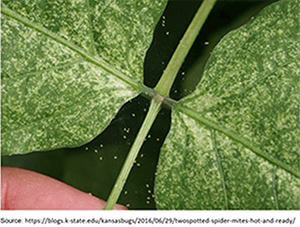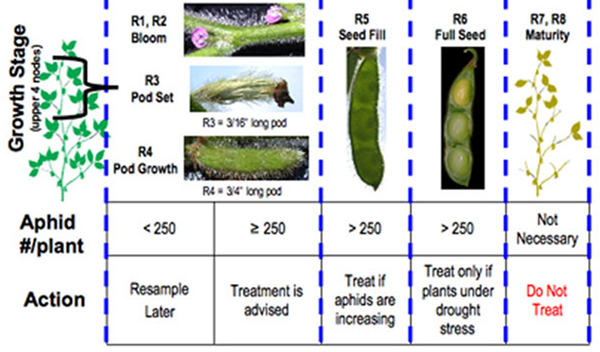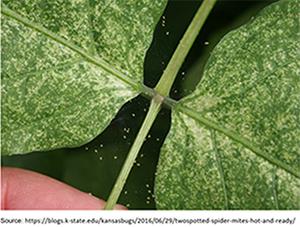2020.08.12 CFS Growing Insights
Aug 12, 2020

|
|||||||
| Managing Aphids | |
| As the calendar shows mid-August, the question of the ROI on spraying for aphids this late in the game has come into question lately. The table below comes out of Purdue, & a guide to help make an easier decision to apply. There are 3 main key factors that come into play to help make decisions, and can change the trigger point. 1) # of aphids per plant. 2) Soybean growth stage. 3) Threshold for stress. Most soybeans in the countryside are somewhere near R4. R4 = full pod (pod ¾” long at 1 of 4 uppermost nodes on the main stem with a fully developed leaf). R5 = beginning seed (seed 1/8” long in a pod at one of the four uppermost nodes on the main stem with a fully developed leaf). Midway between R5 and R6 means the plant is at maximum height, node number, and leaf area. N-fixation rate peaks then rapidly drops, signifying why we want to protect the remainder of the leaf area from pests to retain yield potential. Drought-stressed plants and high yield potential will have less tolerance to aphid stress. Mild conditions will favor aphid development. Aphids can double in 1.5 days, so the guideline is to manage aphids, even in later growth stages if numbers are increasing with the plant stage at R5 or if the plants are under drought stress at R6. |
|
|
|
 |
| Managing Spider Mites in Soybeans |
| Scattered spots in southern MN with prolonged dry conditions have seen a few two-spotted spider breakouts. Spider mites are typically worse in dry years as spider mites migrate from long-term vegetations into the soybean crop and the fungal disease that attacks spider mites slow down as conditions turn dry. Spider mites are a detriment to soybean yield as they have piercing and sucking mouthparts and use that to suck out cell contents. Spider mite damage looks like stippling and webbing on the underside of the leaf and leaves eventually turn yellow/brown. Rain showers and moderate temperatures will help slow down the pockets of spider mites, but fields should be scouted for spider mite damage through R6 stage, similar to the scouting strategy behind soybean aphids to make proper treatment decisions!  |

